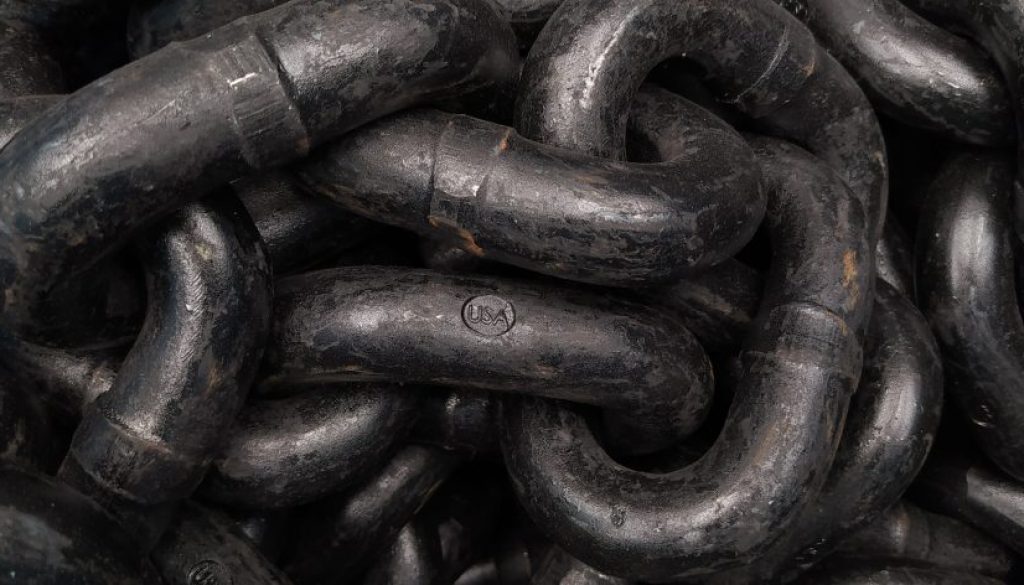How Supply Chain Management Can Mitigate the Effects of Inflation
Rising inflation can certainly disrupt the supply chain. However, those following best practices for supply chain management can mitigate the effects of inflation and keep things under control. According to supply chain consultant Pierre-François Kaltenbach, the “supply chain drives inflation, [and] inflation drives change in the supply chain.” A critical aspect of the following supply chain best practices is to have intuitive procurement software that provides insights and analytics to help navigate the uncertainty and make the best decisions for the future. Read on to learn more about supply chain risk mitigation, how inflation affects procurement, and supply chain management tips to help with rising prices.
Supply Chain Best Practices: The Effect of Inflation on Procurement & the Supply Chain
Inflation is a problem in the United States, but it’s also a worldwide problem, which can adversely affect your supply chain, particularly if you practice global sourcing. As of April 2022, the European General Bank reported that the Eurozone has seen a 7.4 percent increase in inflation rates. As of October 2022, the United States carries a 7.7 percent annual inflation rate.
How does this affect procurement? The most obvious answer is that inflation increases costs across the board. Many suppliers have had to increase prices because of rising energy costs. As of December 2022, there is also a shortage of services and materials that is driving up prices and worsening inflation. Additionally, “going green” (i.e., sustainability initiatives) and sourcing from suppliers that believe strongly in sustainability is imperative, but there are many short-term costs associated with eco-friendliness that suppliers can struggle with at the outset, despite the proven long-term cost benefits. However, by applying supply chain management best practices, you can avoid some of the effects of rising costs.
Supply Chain Best Practices: What Drives Inflation?
Prices are increasing across many different categories and industries. There are many factors that can drive this, and a few are listed below:
- Higher-than-usual consumer demand following the COVID-19 pandemic
- Production shortages and shipping bottlenecks, which causes situations such as pre-buying and supply chain disruptions
- Growth at an accelerated rate
- Low interest rates
- Labor shortages
It’s important to be aware of what drives inflation and rising costs, so you can utilize supply chain best practices to help eradicate the problems. Some of the industries most affected are the ones companies rely on the most to produce products— including lumber, truckload freight, nitrogen, cotton, steel, and corrugated materials. The June 2021 YoY index change for lumber alone was up 125 percent.
Supply Chain Best Practices: Tips to Mitigate Inflation
Mitigating inflation can be difficult, but using supply chain best practices can help you push through some of the roadblocks. One of the most important things to have in your procurement management toolbox is sourcing and procurement technology that meets all of your needs, including risk and inflation mitigation. Deep analytics and spend analysis should give you a thorough understanding of current markets, but many other things can be accomplished with solid sourcing software. This includes features such as:
- Cost savings can be immediately identified and realized
- Ability to diversify the supplier network
- Improved spend and supply chain visibility
Some tips to help mitigate inflation are:
- Buy from multiple sellers to hedge inflation. This ensures you have enough product in case there is a shortage.
- Buy early and often. This helps you get ahead if there are any supply chain issues (you can use the software to help predict potential issues).
- Set up a digital twin. A complete virtual replica of your supply chain can help you simulate how your performance rates as the supply chain changes over time with inflation.

- Be creative and flexible. This can include the creation of alternative designs for your product, identification of dual suppliers, and having alternative logistical networks waiting in the wings.
- Buy from historically diverse suppliers. This gives you a variety of options and the ability to be flexible—one of the core supply chain best practices.
Conclusion
Inflation unfortunately can adversely affect the supply chain, but if you utlize these supply chain best practices and have intuitive sourcing software, you can stay ahead of inflation, rising prices and product shortages, mitigating the effects on your supply chain and bottom line.
To learn more about intuitive, easy-to-use sourcing software solutions, speak to a Simfoni representative today about conducting a demo.

